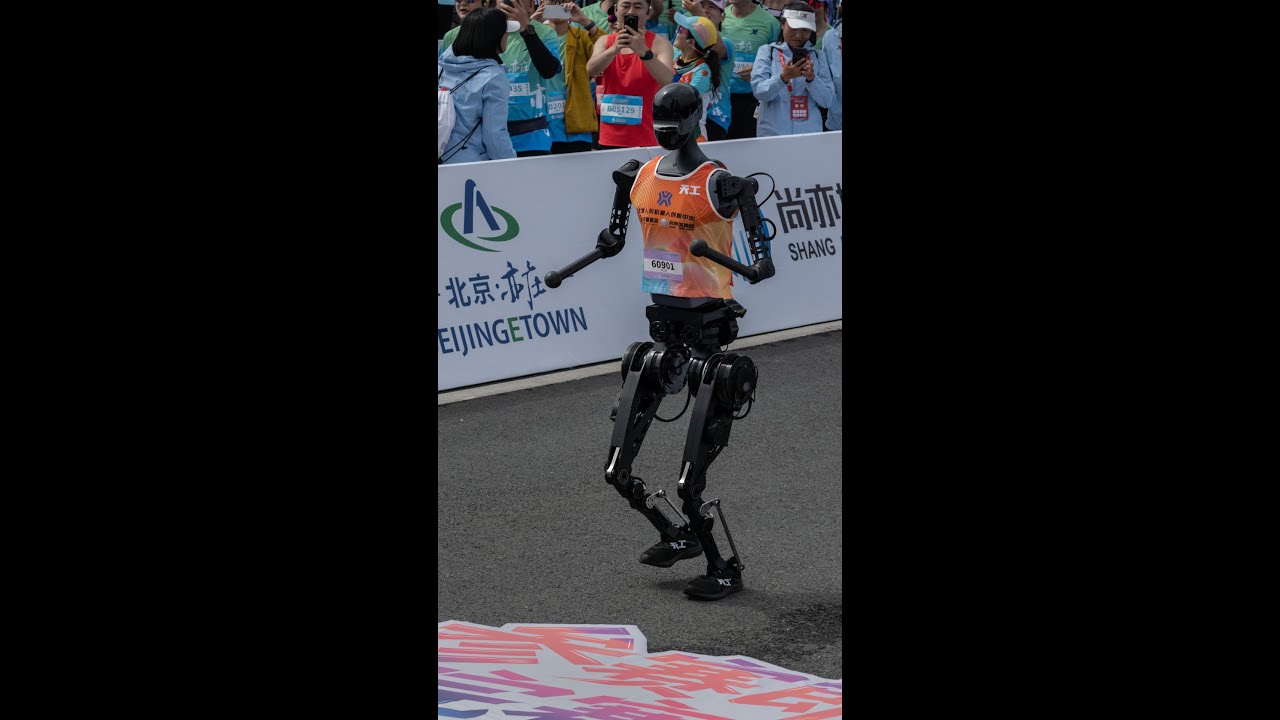The video discusses China’s rapid advancements in humanoid robotics, highlighting their participation in competitive events, expanding roles in society, and potential military applications, all amid a global race to lead in this technology. Despite significant progress and a booming market projected to reach $7 trillion by 2050, humanoid robots still face technical challenges, with widespread integration into daily life remaining a future goal.
The video highlights China’s rapid advancements in humanoid robotics, emphasizing their active participation in competitive events such as boxing matches and half marathons. These competitions showcase the capabilities and progress of Chinese humanoid robots, which are increasingly being tested in complex roles beyond industrial settings. Companies like Tesla and Figure AI are also competing in this space, signaling a global race to develop advanced humanoid robots.
China already leads in robot density on factory floors compared to the US and Japan, indicating a strong industrial foundation for further humanoid development. The country is now expanding the roles of these robots into more human-centric environments, including retail stores, elderly care facilities, and eventually private households. This shift aims to integrate humanoids into everyday life, making them more practical and accessible for various societal needs.
Additionally, China is quietly exploring the military applications of humanoid robots, alongside the US. These efforts suggest that humanoids could play strategic roles in defense and security, further heightening the importance of this technology. The potential military and civilian uses underscore the broader implications of humanoid robotics for national power and technological dominance.
The market for humanoid robots is projected to grow exponentially, reaching an estimated $7 trillion by 2050. By that time, nearly 650 million humanlike bots could be in use worldwide. This growth underscores the economic significance of humanoids and the race among nations to lead in their development and commercialization, which could redefine global political and economic power structures.
Despite significant investments and progress, the video notes that humanoid robots still face substantial challenges. For example, in a recent humanoid half marathon, only six out of 21 robots finished within the time limit and intact, illustrating that the technology is still in its early stages. While China and other countries are making strides, widespread integration of humanoids into daily life remains a future goal, with ongoing efforts needed to overcome current limitations.
